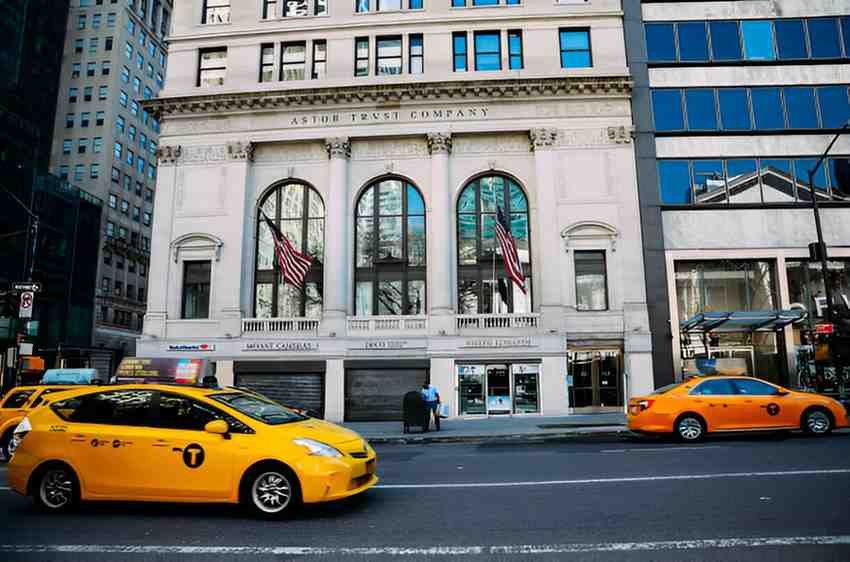As a finance expert, I often analyze investment opportunities that balance risk and reward. One firm that stands out is American Century Investments, a well-established asset manager with a range of mutual funds. For New York City investors, understanding these funds—their performance, costs, and suitability—is crucial. In this article, I break down American Century’s mutual funds, compare them with competitors, and provide actionable insights for NYC-based investors.
Table of Contents
Who is American Century Investments?
Founded in 1958, American Century Investments manages over $200 billion in assets. The company offers actively and passively managed funds, with a focus on growth, value, and income strategies. Their funds cater to different risk appetites, making them relevant for NYC investors who need diversification in a high-cost, high-volatility market.
Why Consider American Century Mutual Funds in NYC?
New York City investors face unique challenges:
- High living costs necessitate higher returns.
- Market volatility demands resilient portfolios.
- Tax implications require tax-efficient investments.
American Century’s funds address some of these concerns through:
- Diversified equity and fixed-income options
- Competitive expense ratios (though not always the lowest)
- Strong historical performance in certain categories
Performance Analysis of Key American Century Mutual Funds
Let’s examine some of their notable funds:
1. American Century Growth Fund (TWCGX)
- Objective: Large-cap growth stocks
- Expense Ratio: 0.67%
- 10-Year Annualized Return: ~12.3% (as of 2023)
Performance Comparison (Large-Cap Growth Funds)
| Fund Name | Expense Ratio | 10-Year Return |
|---|---|---|
| TWCGX | 0.67% | 12.3% |
| Vanguard Growth (VUG) | 0.04% | 12.1% |
| Fidelity Contrafund (FCNTX) | 0.86% | 11.8% |
While TWCGX outperforms some peers, its expense ratio is higher than Vanguard’s. For cost-conscious investors, index funds may be preferable.
2. American Century Ultra Fund (TWCUX)
- Objective: Aggressive growth
- Expense Ratio: 0.95%
- 10-Year Annualized Return: ~10.8%
This fund leans heavily on tech and healthcare. The higher expense ratio may eat into returns, but its stock-picking strategy has worked in bull markets.
3. American Century Equity Income Fund (TWEIX)
- Objective: Dividend-focused large-cap stocks
- Expense Ratio: 0.78%
- 10-Year Annualized Return: ~9.5%
For NYC retirees seeking income, TWEIX is a solid choice, though alternatives like Schwab Dividend Equity (SWDSX) (0.89% expense ratio, 9.7% return) offer similar benefits.
Cost Considerations for NYC Investors
Mutual fund fees matter, especially in a high-expense city like New York. Let’s break down the math:
Impact of Expense Ratios on Returns
Assume you invest $100,000 over 20 years with an 8% annual return:
- Fund A (0.10% expense ratio):
Fund B (0.75% expense ratio):
FV = 100,000 \times (1 + 0.0725)^{20} = \$405,529Difference: $60,567 lost to fees.
For NYC investors, minimizing costs is critical.
Tax Efficiency & NYC-Specific Considerations
New York has high state and local taxes. American Century offers tax-managed funds, but investors should also consider:
- Municipal bond funds (tax-free at state level)
- ETFs (more tax-efficient than mutual funds)
Final Verdict: Are American Century Funds Right for You?
Pros:
✅ Strong track record in growth investing
✅ Diverse options (equity, income, international)
✅ Some low-cost share classes available
Cons:
❌ Higher expense ratios than passive funds
❌ Not all funds outperform benchmarks
Best For:
- Investors seeking active management
- Those willing to pay slightly higher fees for potential outperformance
- NYC residents needing diversification beyond real estate
Conclusion
American Century’s mutual funds offer solid choices, but NYC investors must weigh costs, performance, and tax implications. If you prefer low-cost indexing, Vanguard or Schwab might be better. However, if you believe in active stock selection, American Century’s funds deserve consideration.





